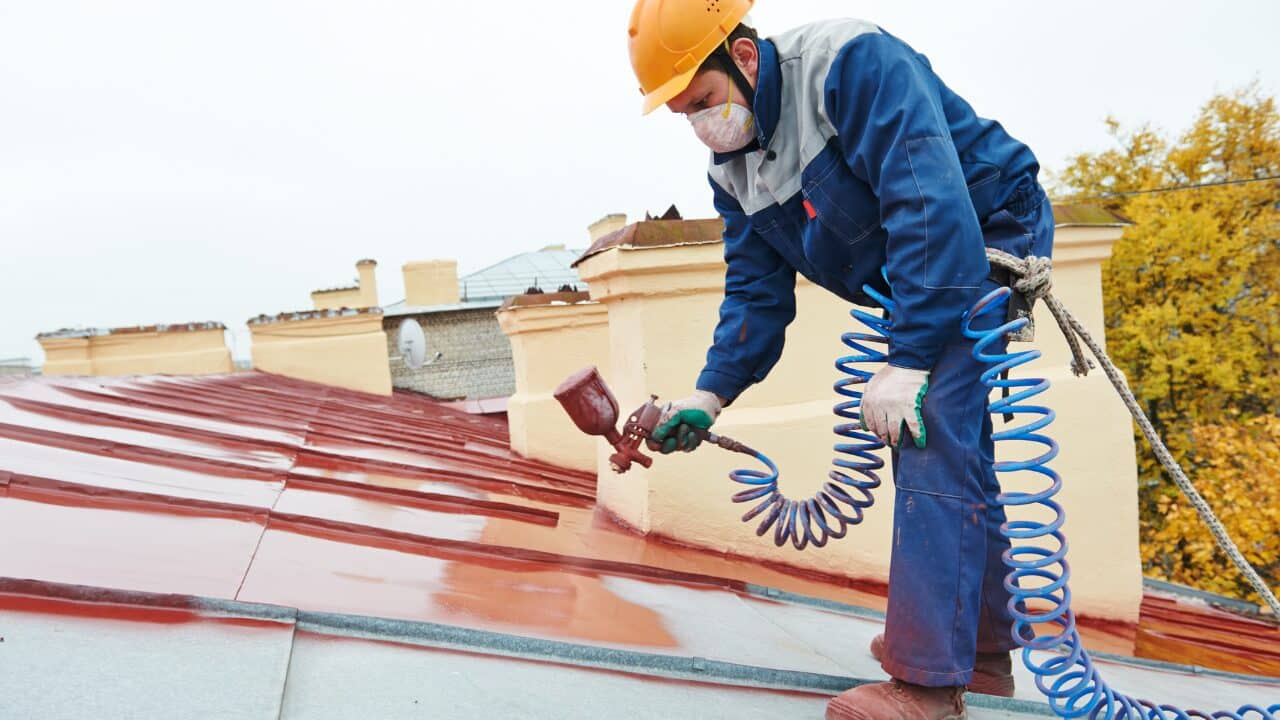Access control is all about managing who can enter a worksite and what parts they can access. It’s an essential part of worksite security, helping to prevent problems like theft, unauthorized entry, and safety risks. Essentially, these systems are a blend of physical and electronic measures designed to restrict unauthorized access.
Having the right systems in place keeps worksites secure while ensuring that operations run smoothly. Understanding access control can make a big difference in maintaining a safe and efficient work environment. In this article, we will go over several best practices to help keep the worksite safe and secure.
Table of Contents
1 – Surveillance and monitoring
Surveillance and monitoring are key parts of keeping construction sites secure and can be quite high-tech in their approach. CCTV cameras and other low-tech technologies are still currently in use and can be effective since they allow site managers to watch over the area. This helps stop people who shouldn’t be there from getting in.
However, there are more current and high-tech solutions from companies like Genetec that take the security of worksites to another level. For instance, the software they use can scan and analyze the license plates of cars entering the parking lot so an idea of who is there is available immediately.
Biometric data can be used to only allow access to the right people. Construction sites are notorious for having lax security and using a technologically superior system will close all the gaps.
2 – Physical barriers
Physical barriers like fences, gates, and barriers play a big role in keeping construction sites safe. They act as the first line of defense against unauthorized access. Having a barrier that surrounds the site might be enough of a deterrent for most people looking to gain access.
Signage is also important. It guides people around the site and warns them about dangers. Signs need to be clear and easy to understand. They should tell workers and visitors where they can and cannot go. This helps everyone stay safe.
But barriers need to be kept in good shape to be effective. Regular checks are important to make sure they are still doing their job. If a fence is broken or a sign is hard to read, it needs to be fixed right away. This helps keep the barriers and signs working well to protect the site.
3 – Staff training
Creating a culture of security awareness is important to have and is done by regular staff training. Everyone on the site should feel responsible for keeping it secure. This means being aware of their surroundings and reporting anything unusual. It’s about making security a part of daily life on the site.
Regular drills and refresher courses help keep this awareness strong. They remind workers of the protocols and show them what to do in different situations. It’s important to keep these training sessions up to date. As the site changes or new risks come up, the training should change too. This helps everyone stay prepared and keeps the site safe.





